Gran Canaria isn’t just about beaches—its real spirit lives up in the mountains, tucked away in villages that seem to have sprung from the island’s volcanic core.
Teror and Tejeda are easily two of the most charming spots you’ll find here. They offer a window into authentic Canarian life with those classic wooden balconies, epic mountain views, and traditions that run deep. These villages feel like a break from the usual coastal crowds and let you see a side of the island that’s a bit more soulful.
After wandering through a bunch of Gran Canaria’s villages, I always find myself drawn back to Teror’s cobbled streets and those wooden balconies. Tejeda, with its white houses clinging to volcanic slopes, has its own magic.
Each village brings something different. Teror has its basilica and religious flair, while Tejeda sits right below the mighty Roque Nublo, making it a dream for hikers and photographers.
Let’s dive in. I’ll walk you through the highlights, the best spots for views, and some practical tips to help you plan an unforgettable trip into Gran Canaria’s mountain heart.
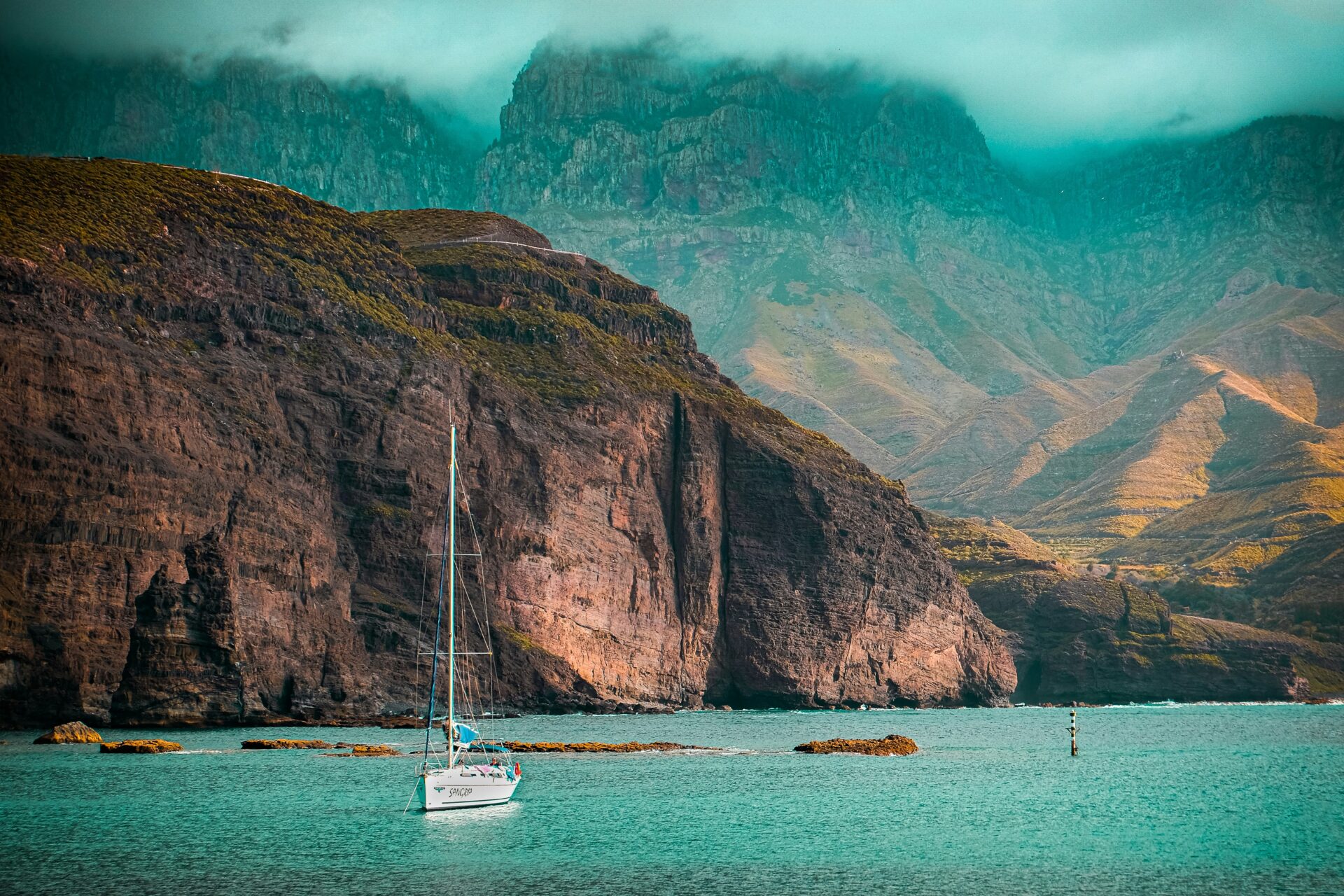
Exploring the Heart of Gran Canaria: Teror & Tejeda
Teror and Tejeda really capture what mountain life in Gran Canaria is all about. You’ll notice the traditional architecture, taste the famous almond sweets, and soak in scenery you just don’t get at the beach.
These villages carry the island’s heritage in every street and bite.
Why Teror and Tejeda Are Must-Visit Villages
Teror stands out as a religious hub. The story goes that the Virgin Mary appeared here back in 1481, and the Basilica of Our Lady of the Pine has been drawing pilgrims ever since.
Key attractions in Teror:
- The basilica, framed by mountains
- The bustling Sunday market
- Colonial buildings that feel frozen in time
Tejeda, meanwhile, sits right at the foot of Roque Nublo. The views? Unreal. Cliffs, volcanic peaks, and that crisp mountain air make it unforgettable.
Spain even named Tejeda one of its most beautiful towns. If you visit in late winter, you’ll catch the almond blossom season—white flowers everywhere, and it’s honestly breathtaking.
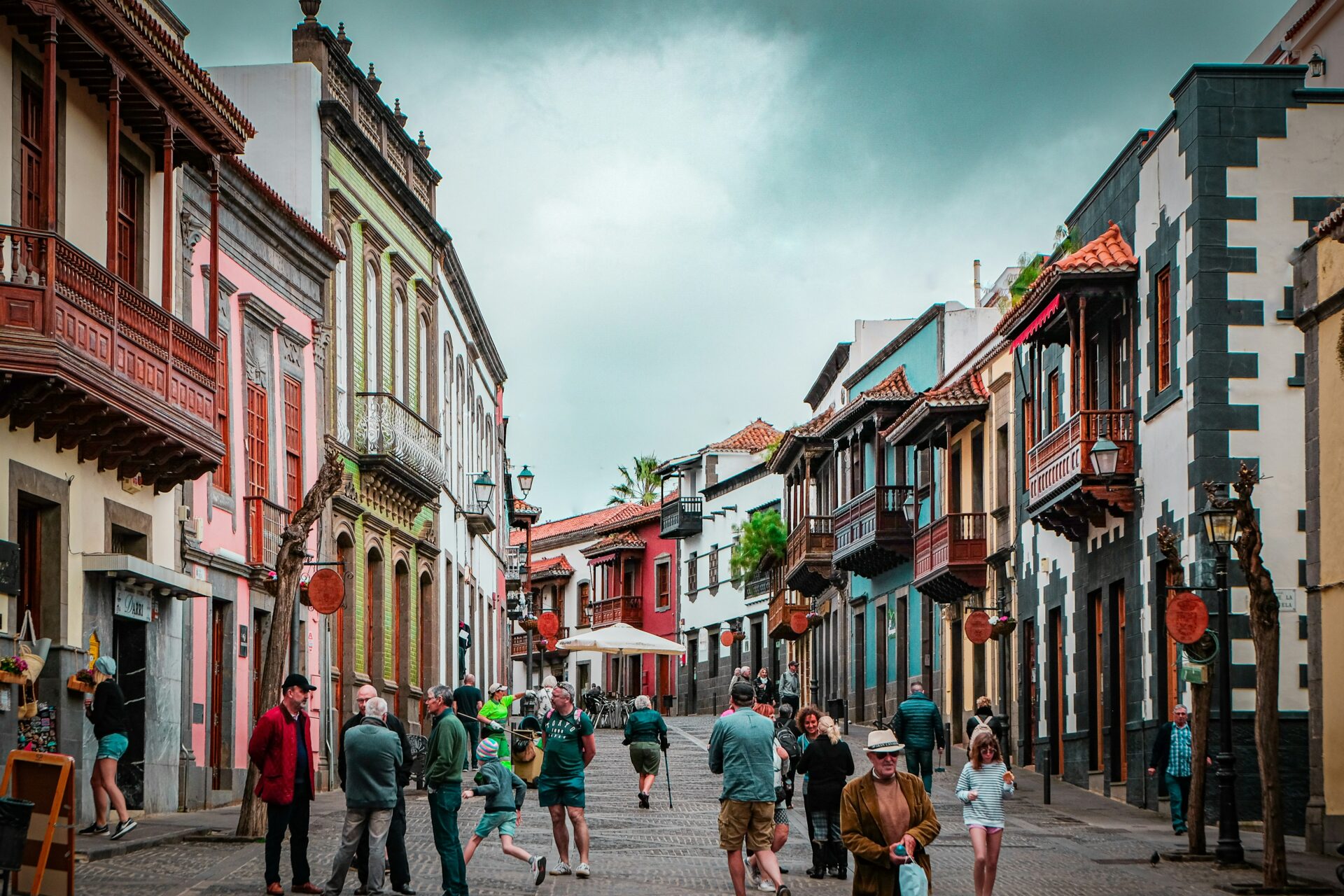
The Allure of Picturesque Balconies and Streets
Calle Real de la Plaza in Teror is where Canarian architecture really shines. I can’t help but stop and admire those wooden balconies stretching across the colorful houses.
There’s something about the carved details that feels personal, like each one tells a story.
The street leads you straight to the basilica, mountains towering behind. Walking here, you get that sense of stepping into the past.
Architectural highlights:
- Hand-carved balconies
- Bold, painted facades
- Solid stone bases
- Classic tile roofs
Tejeda’s streets twist and turn between whitewashed homes. Around every corner, another mountain view pops up. I always end up stopping for photos, even when I promise myself I won’t.
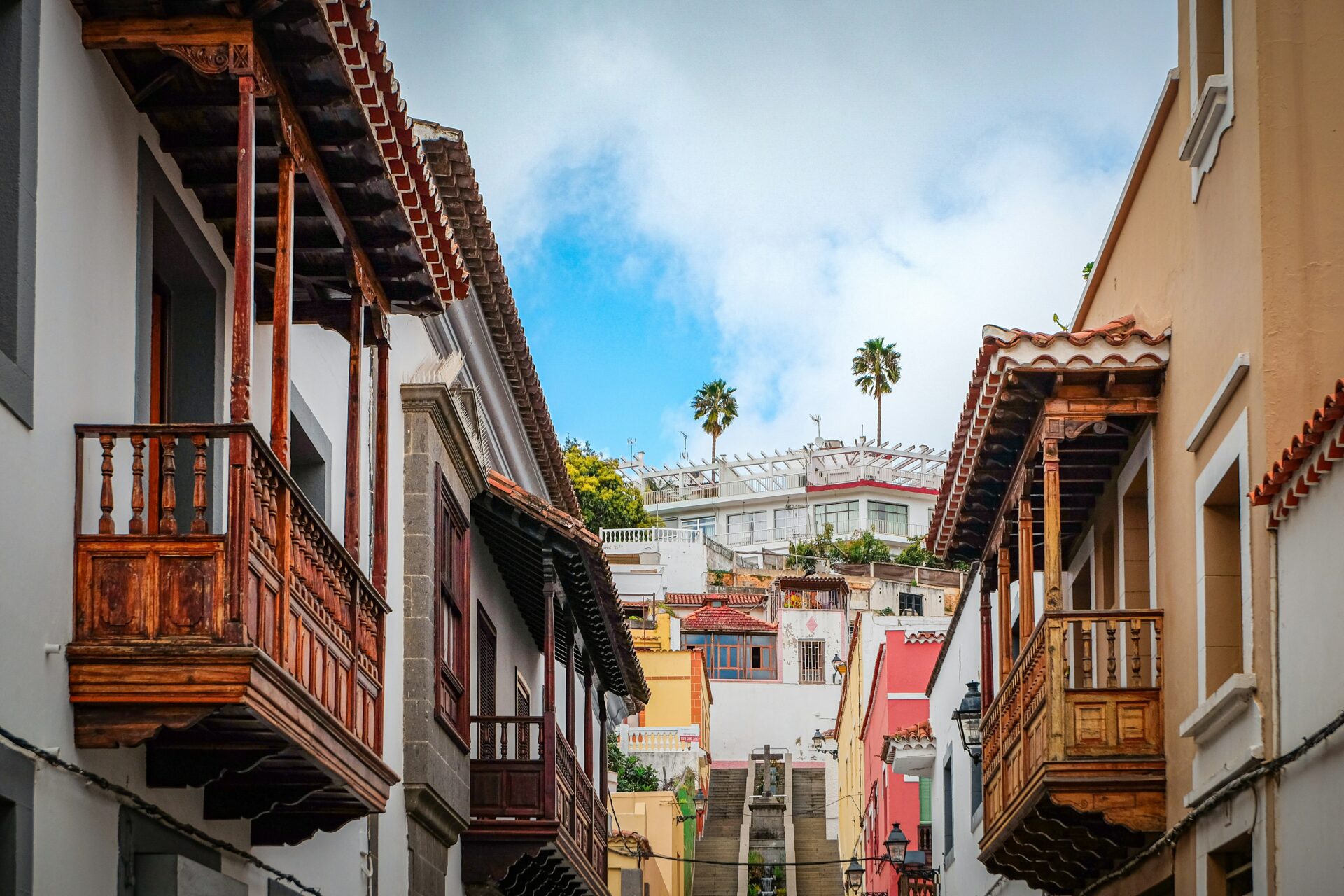
Almond Treats and Local Delicacies
Tejeda is famous for its almond sweets. I make a point to stop at the bakeries for fresh mazapán and bienmesabe—the almonds come straight from the local hillsides.
Here’s a quick rundown of what you’ll find:
| Sweet | Description |
|---|---|
| Mazapán | Soft almond paste, shaped into little cakes |
| Bienmesabe | Creamy almond dessert, dangerously good |
| Almendrados | Crunchy almond cookies, perfect with coffee |
Both villages offer local cheeses worth trying. Teror’s Sunday market features queso de flor, made with thistle flower. Pair it with local honey—trust me, it works.
The family-run restaurants here serve up Canarian classics. Expect goat, wrinkly potatoes, and herbs that thrive in the mountain air. Simple food, but so satisfying.
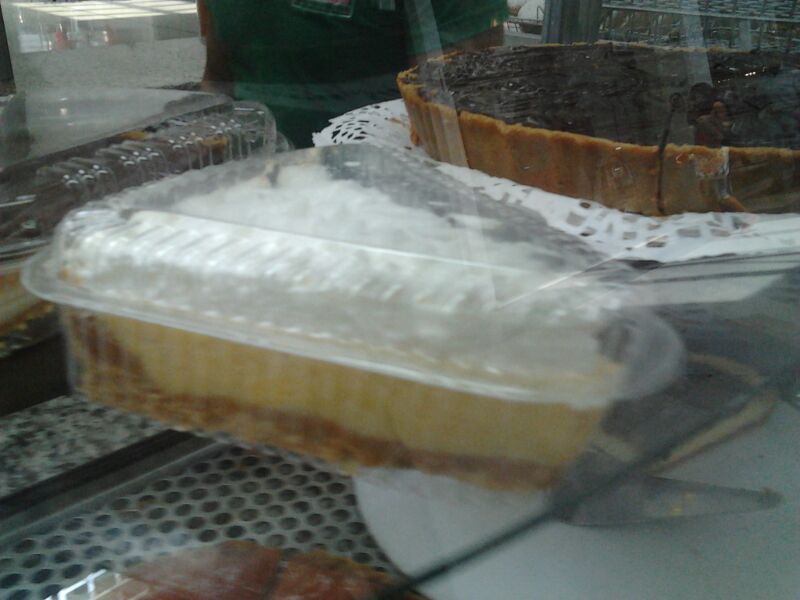
Architectural Marvels and Cultural Heritage
Teror stands as Gran Canaria’s best-preserved colonial village. You’ll see 16th-century buildings, wooden balconies, and religious monuments everywhere.
The basilica isn’t just the village’s centerpiece—it’s the heart of local life. Festivals here keep old traditions alive, and you can feel that connection to the past.
Colonial Architecture of Teror
Teror’s colonial architecture really grabs your attention. Many buildings go back to the 1500s, showing off that signature Canarian style.
The wooden balconies, dark and carved, run along colorful facades. Each one feels like a piece of art handed down through the generations.
Traditional houses here have a few things in common:
- Sturdy wooden doors and window frames
- Facades painted in earthy or pastel shades
- Stone foundations with wooden upper floors
- Roofs of clay tiles, built for the mountain weather
The whole center is a national monument. Walking the cobblestone lanes, you see how each street keeps its own character but fits into the bigger picture.
It’s easy to imagine what life was like here centuries ago. The colonial influence blends with local traditions in a way that feels uniquely Gran Canaria.

Teror’s Iconic Basilica and Religious Legends
The Basilica de Nuestra Señora del Pino dominates Teror’s main square. It’s the island’s most important religious site, honoring Gran Canaria’s patron saint.
Legend says the Virgin Mary appeared in a pine tree, and that story shapes Teror’s whole identity.
Inside, you’ll see baroque and neoclassical touches, golden altars, and the revered statue of the Virgin. Devotional offerings fill the place—it’s moving, even if you’re not religious.
September brings the biggest festival, with pilgrims streaming in from all over the island. The energy during these celebrations is something you have to experience.

Traditional Lifestyle and Festivals
Teror’s weekly markets and religious festivals keep Canarian traditions strong. Every Sunday, the square bursts with stalls selling everything from fresh produce to handmade crafts.
Families gather here to shop, chat, and pick up local specialties like chorizo and cheese.
Festivals bring everyone together. Residents wear traditional clothes and join processions through the old streets.
Local artisans still practice:
- Woodworking for balconies and furniture
- Weaving textiles with regional patterns
- Making pottery in classic styles
- Cooking using age-old recipes
These aren’t just for show; they’re part of everyday life. Teror feels less like a museum and more like a living, breathing village.
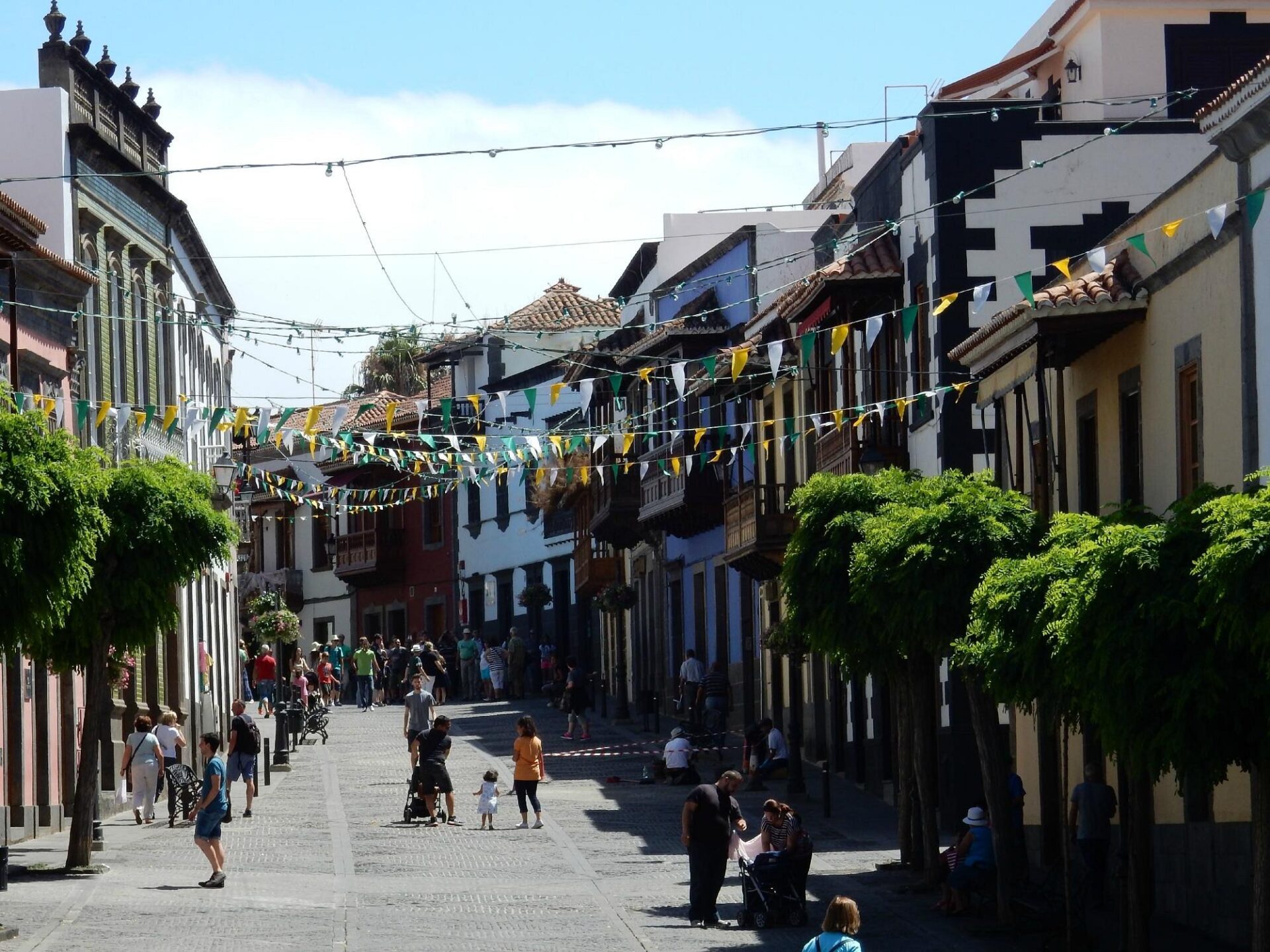
Majestic Landscapes and Natural Wonders
The landscapes around Teror and Tejeda are wild and dramatic. Volcanic rock formations rise up, and the views stretch for miles.
You get a real sense of Gran Canaria’s ancient, powerful geology out here.
Stunning Views from Roque Nublo
Roque Nublo towers above the landscape, one of Gran Canaria’s true icons. This volcanic monolith stands 80 meters tall and sits at 1,813 meters above sea level.
The views from up here? Absolutely jaw-dropping. On a clear day, you can spot Tenerife’s Mount Teide off in the distance.
The hike to Roque Nublo is about 30 minutes from the parking lot—easy enough for most people.
When to go for the best views:
- Early morning for soft light
- Late afternoon for that golden glow
- Clear winter days for endless visibility
In February, almond trees bloom, turning the mountains white. It’s a sight I never get tired of.
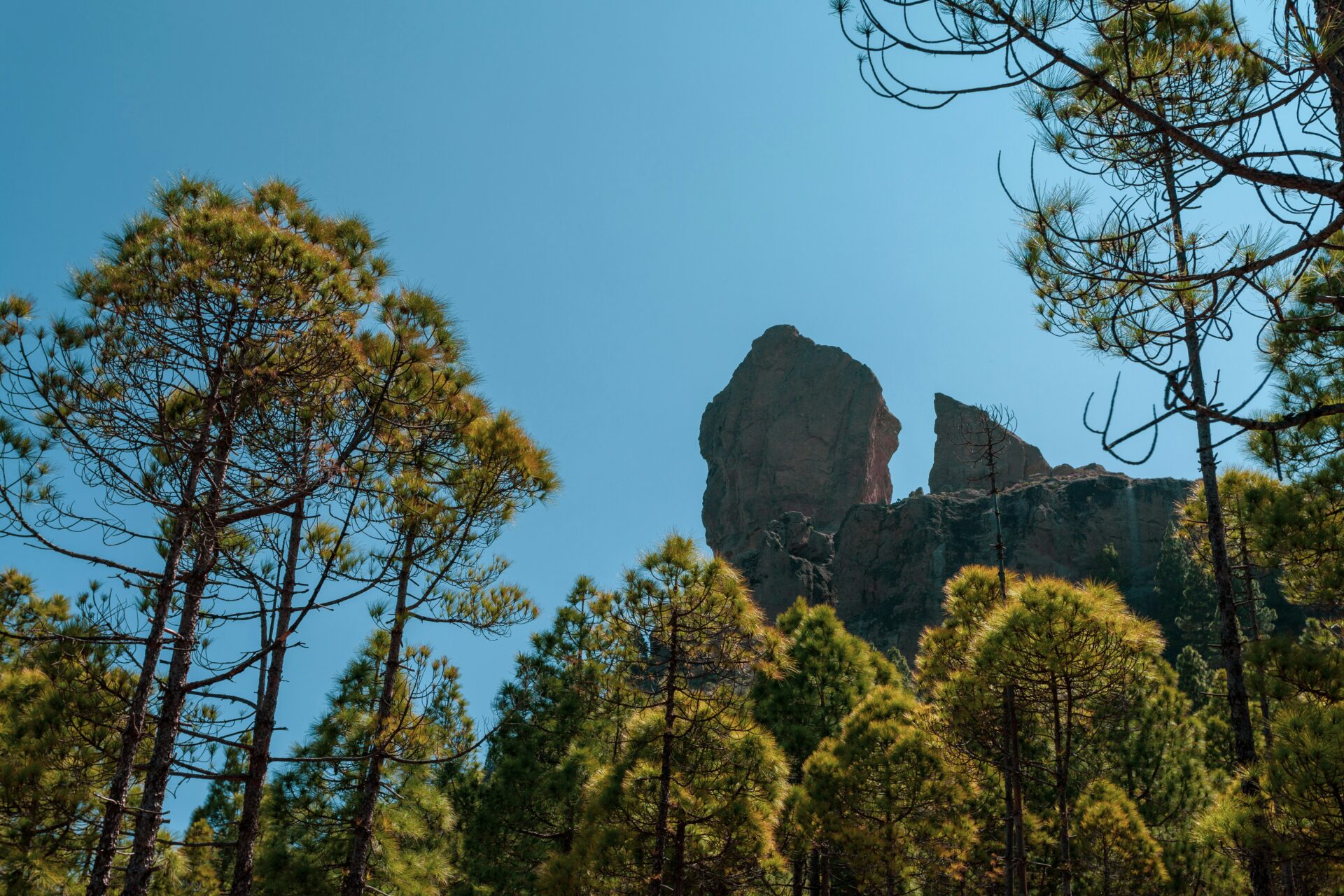
Discovering Roque Bentayga and the Caldera
Roque Bentayga rises near Tejeda, another volcanic wonder. The island’s original inhabitants, the Guanches, considered it sacred.
This rock reaches 1,404 meters. You’ll find ancient cave dwellings and ceremonial spots scattered along its slopes.
The interpretation center at the base is worth a stop. It explains how these landscapes formed millions of years ago.
Highlights:
- Ancient cave art
- Archaeological sites
- Visitor center with exhibits
- Guided tours available
The caldera, a massive volcanic crater, surrounds both Roque Nublo and Roque Bentayga. Peaks and ridges form a natural amphitheater, making the whole area feel otherworldly.
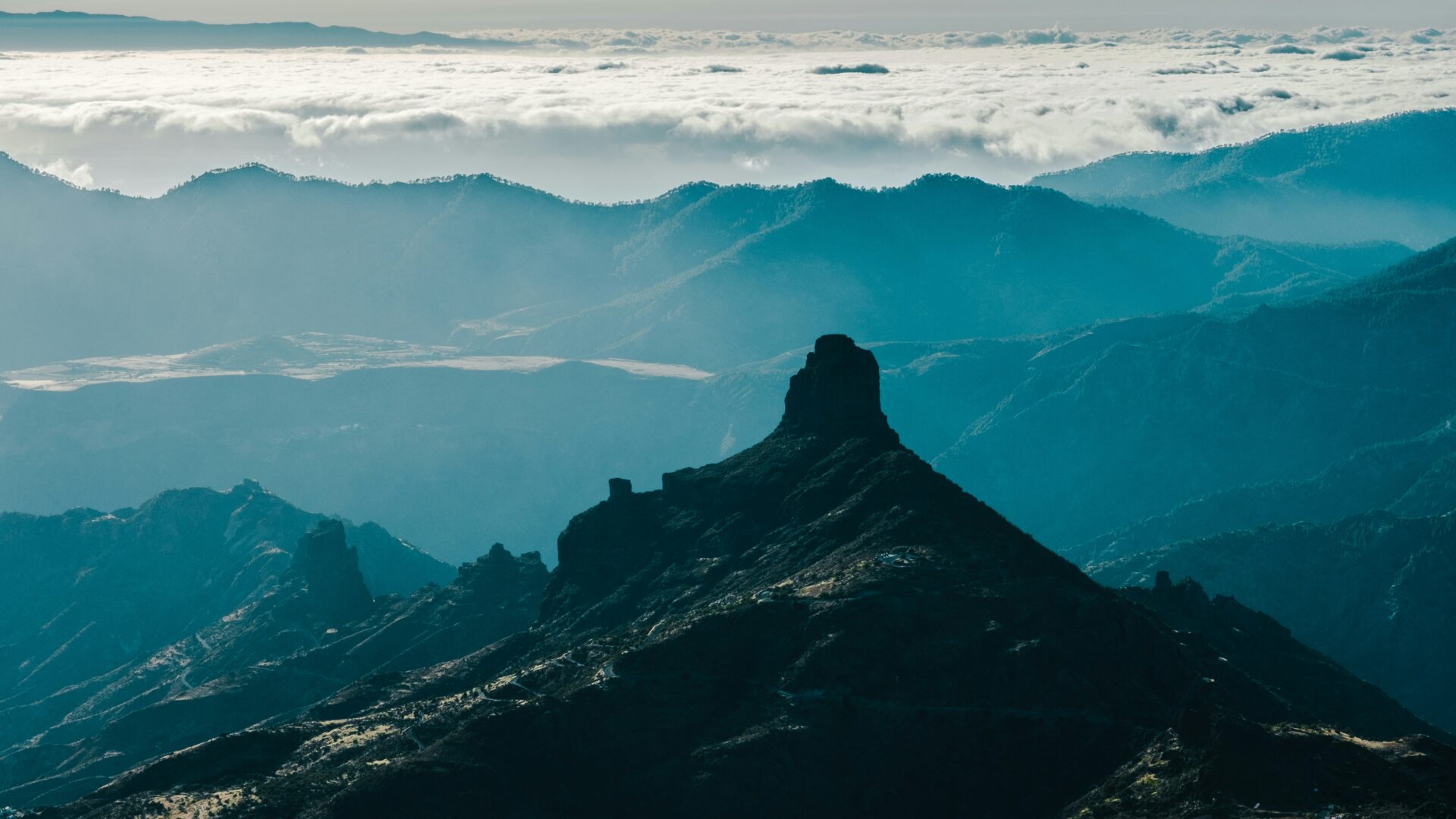
Diverse Landscapes and Scenic Viewpoints
Driving between Teror and Tejeda, you’ll see the landscape change fast. Pine forests melt into volcanic rocks and deep valleys in just a few kilometers.
Mountain roads have plenty of pull-offs for photos. Mirador de la Becerra is a favorite for sweeping mountain views.
The contrast between the lush north and arid south always surprises me. It’s all thanks to Gran Canaria’s patchwork of microclimates.
Don’t miss these viewpoints:
- Mirador Pico de Bandama
- Cruz de Tejeda lookout
- Various stops along the GC-15 road
The volcanic soil supports rare plants. Canary Island pines thrive here, and in the morning mist, the forests feel almost enchanted.

Gran Canaria Village Experiences
There’s more to explore beyond Teror and Tejeda. The island’s network of villages buzzes with local markets and traditions, and you’ll even find aloe vera plantations that have been around for centuries.
Charming Nearby Villages: Arucas, Firgas, and Las Lagunetas
Arucas sits just a short drive from Las Palmas, perched on a hillside. The neo-Gothic cathedral, Parroquia de San Juan Bautista, dominates the skyline.
The rum factory is a quirky stop. Inside, you’ll see old wine cellars and barrels signed by famous guests.
The Marquise’s house from the 1880s is full of antique furniture and relics. Walking through, you catch a glimpse of 19th-century island life.
Firgas is known for its stepped waterfall walkway lined with colorful mosaics. The Paseo de Canaria is a fun stroll and offers a unique vibe.
Churches and traditional houses here come with mountain views. Most sights are close together, so you won’t be rushing around.
Las Lagunetas is quieter. Farms dot the landscape, and you’ll see old-school agricultural methods still in use.
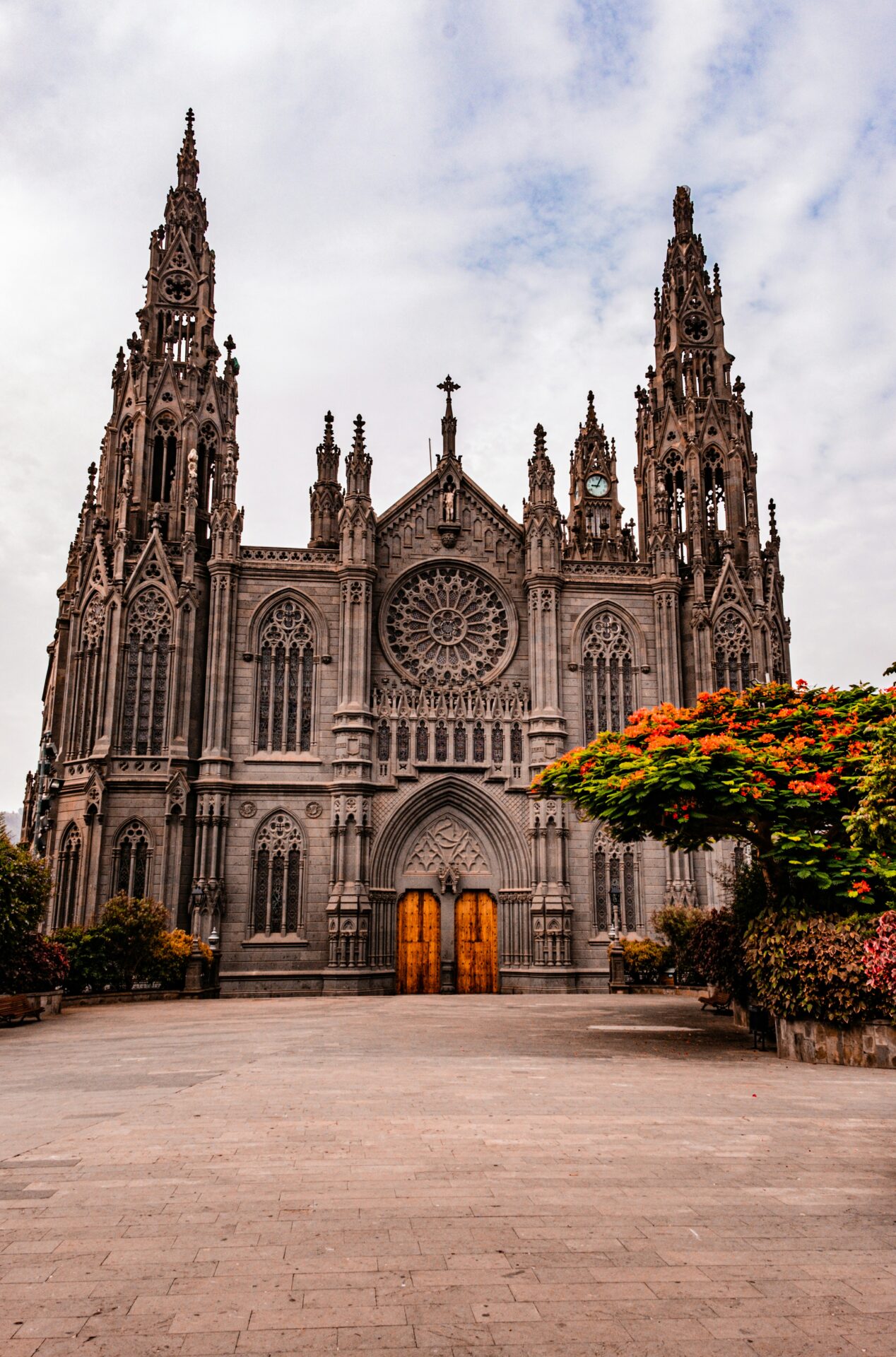
Aloe Vera Plantations and Local Traditions
Gran Canaria’s aloe vera plantations go back over 500 years. I watched as farmers harvested thick leaves with traditional tools passed down through families.
Processing happens in small workshops. Workers extract the gel by hand, keeping things natural and simple.
Many families grow aloe alongside other crops. They use it for home remedies, just like their grandparents did.
Some plantations offer tours. You’ll see the whole process and maybe even get a demo of traditional uses for skin care and minor scrapes.
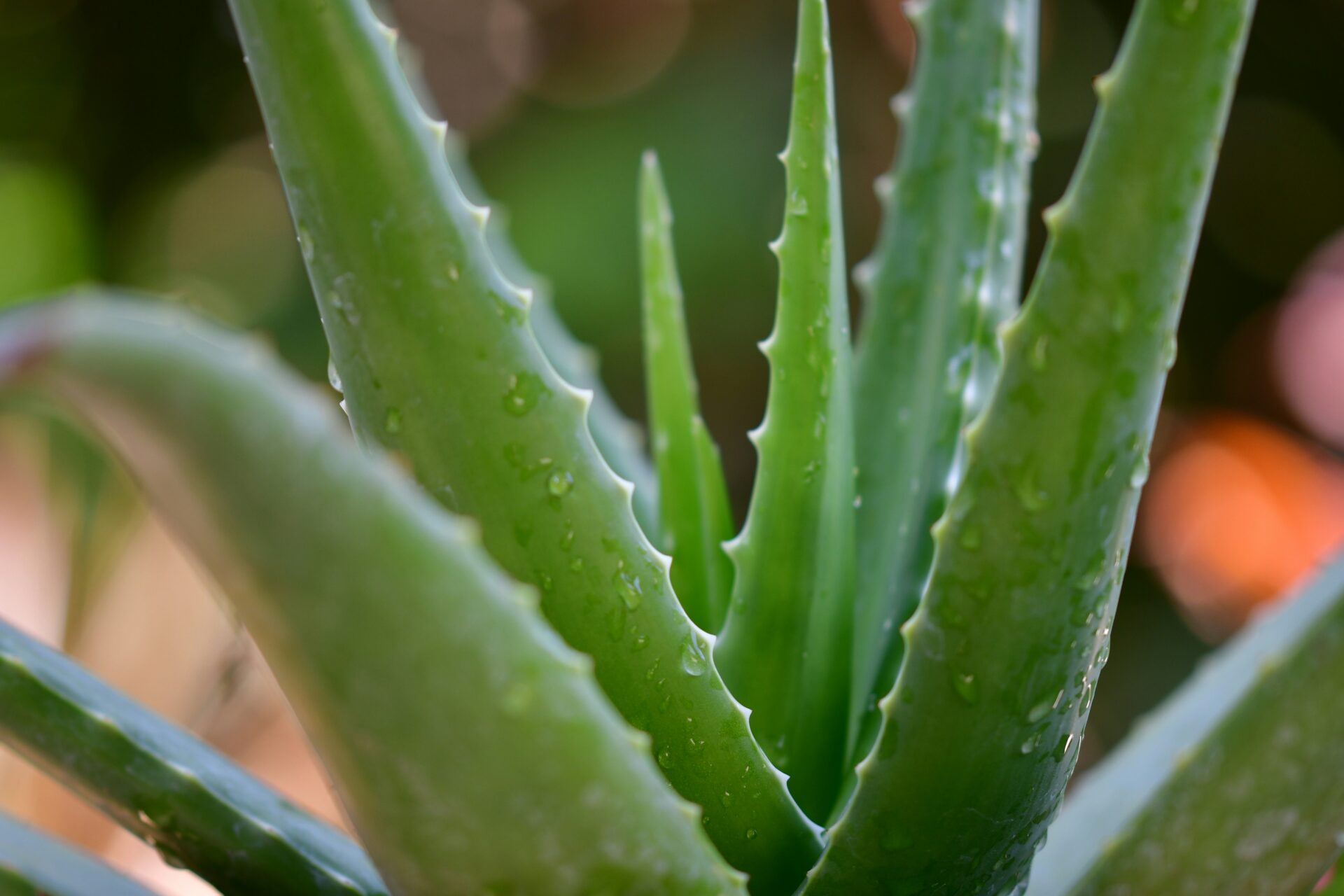
Authentic Gran Canaria Markets
Teror’s Sunday market runs from 9 AM to 3 PM, with about 140 stalls. Around the basilica, you’ll find local chorizo, aged cheese, and handmade crafts.
Many stalls sell religious items tied to the Virgin del Pino. Local pastries and sweets are always tempting.
Markets in Arucas and Firgas happen on different days. Each one has its own regional spin.
- Arucas market: Fresh produce and rum
- Firgas market: Mountain herbs and honey
- Las Lagunetas: Preserves and traditional tools
Vendors usually speak a little English, but a simple Spanish “hola” goes a long way. Bring cash for the smaller stalls.
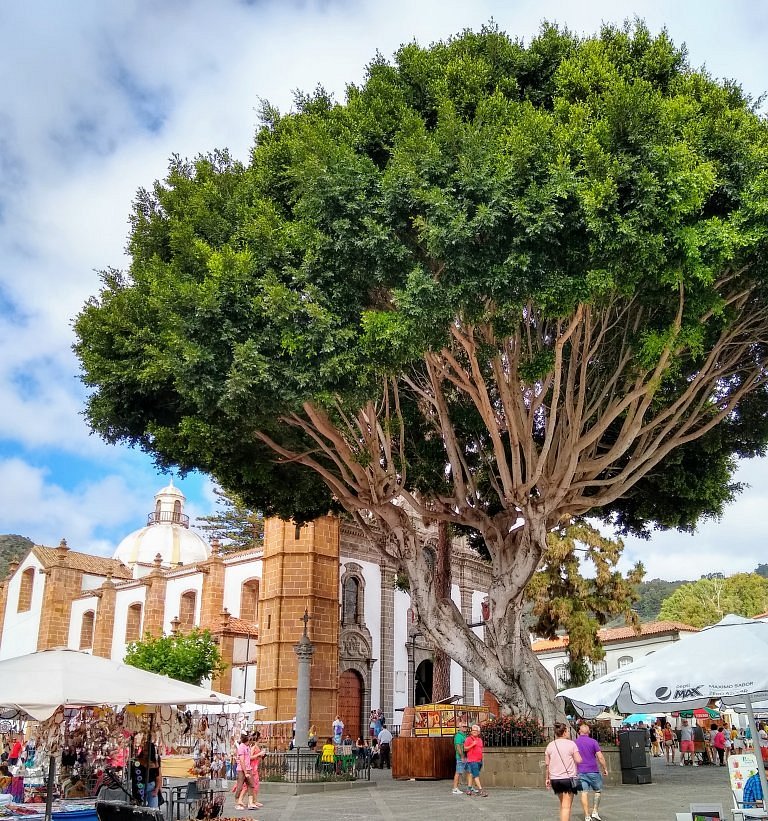
A Complete Gran Canaria Tour: Logistics and Insider Tips
Most full-day tours of Gran Canaria last about eight hours. You’ll get round-trip transport, a knowledgeable guide, and traditional meals.
I’ve found a good tour takes the hassle out of planning and lets you really soak up Teror and Tejeda without missing a thing.
Full-Day Tour Overview & Must-See Attractions
When you join a typical Gran Canaria tour, you’ll get up close with the island’s mountain villages and wild volcanic landscapes. Most itineraries stop at three main spots: Teror with its famous basilica, Tejeda tucked beneath Roque Nublo, and Fataga, where lunch is usually on the agenda.
I remember stopping by an aloe vera plantation, where guides explained all the ways locals use the plant for its healing properties. If you’re looking for the highlights, here’s what you shouldn’t miss:
- Teror: The Basilica of Our Lady of the Pine and those traditional wooden balconies
- Tejeda: A mountain village with a killer Roque Nublo viewpoint
- Fataga: Palm valley that locals call “Little Nepal”
- Artenara: Cave houses and some jaw-dropping overlooks
Tours usually run about eight hours and take you through dramatic, ever-changing volcanic terrain. I’d suggest double-checking which viewpoints are on your chosen route—some tours add Arucas or other northern gems.
The drive snakes through the island’s mountainous interior. You’ll want your camera handy, because there are plenty of quick stops for photos.
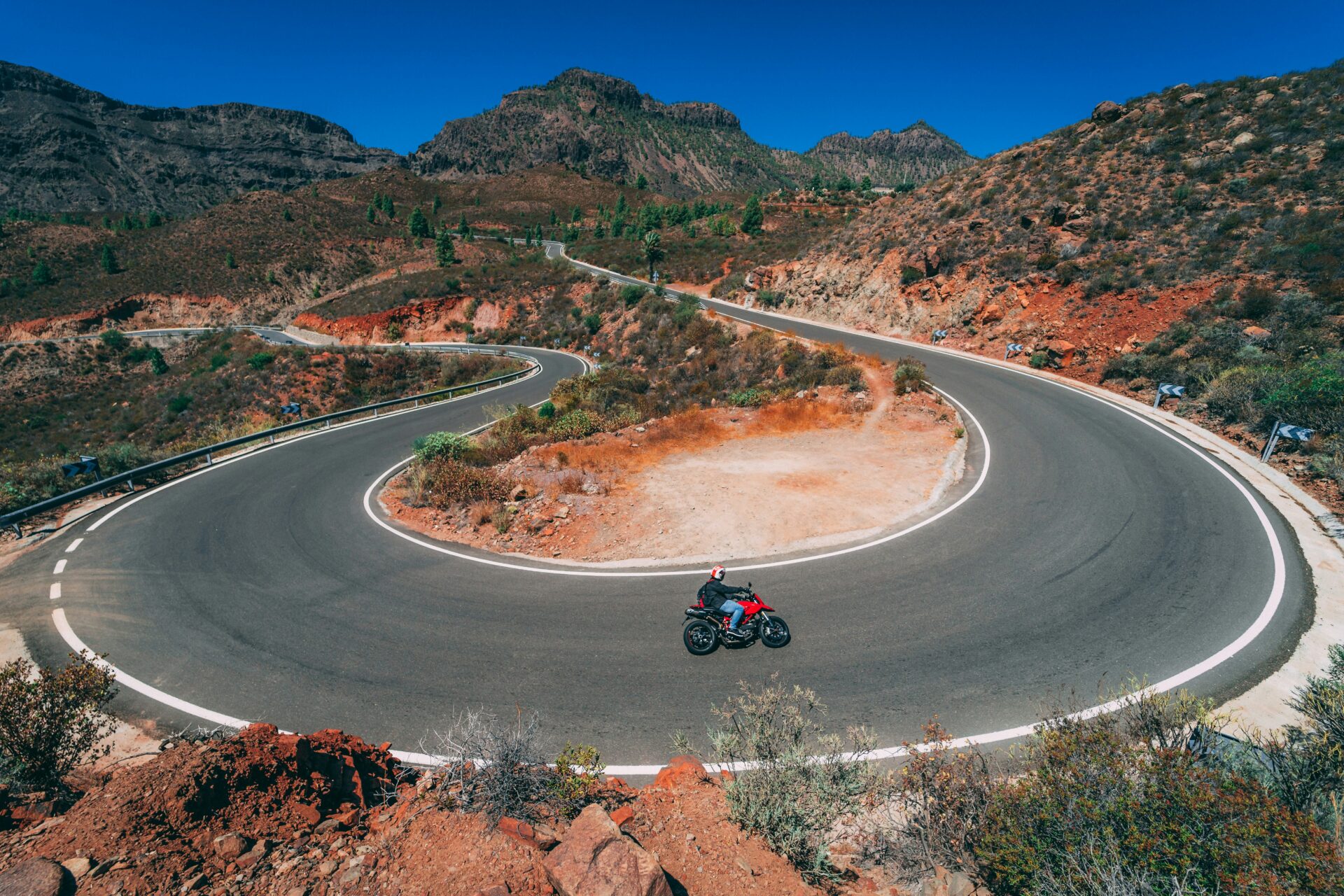
Expert Guides and Cultural Insights
What really sets these tours apart? The guides. They know their stuff and always seem to have stories you’d never find in a guidebook. Once, a guide told me about the Virgin Mary’s apparition in Teror and explained how the island’s volcanoes shaped everything.
Local guides often sprinkle in their own memories about growing up in these villages. They’ll point out details in the architecture, like those classic wooden balconies in Teror.
You’ll hear about Gran Canaria’s wild history too. Guides talk about how these mountain villages became hideouts during the 15th-century Castilian invasion.
I’ve noticed that a great guide makes the experience way more memorable. They share little-known customs and bring religious festivals to life.
Many guides speak several languages and adjust their stories based on what the group wants to know. Don’t be shy about asking questions—they love sharing insights about Canarian culture.
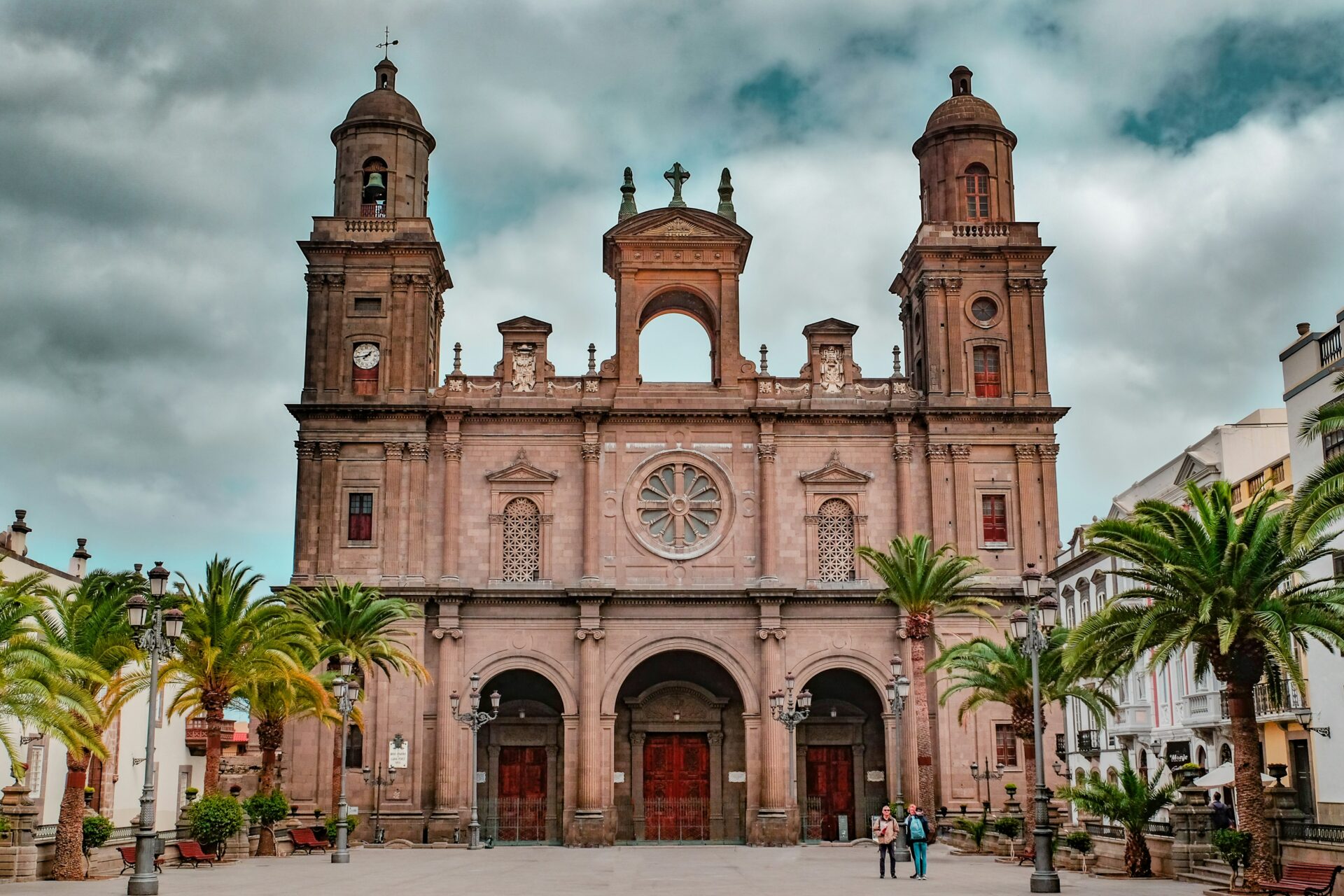
Round-Trip Transportation and Accessibility
Most tours take care of round-trip transportation from the island’s main tourist hubs down south. You’ll ride in a comfy minibus or bus, and the drivers really know how to handle those mountain roads.
Pickups usually happen in Las Palmas, Maspalomas, and Playa del Inglés. Before you go, make sure to confirm exactly where you’ll be picked up.
Traveling with kids? Most tours offer baby seat rentals. The mountain roads twist and turn, so having secure seating is a must.
Vehicles come with air conditioning, which is a relief given the island’s climate. I always bring a light jacket or sweater since the mountains get chilly, even when it’s warm at the beach.
Expect stops at scenic viewpoints along the way, perfect for stretching your legs and snapping photos. The buses are built for these winding roads, so you’ll feel safe even on the hairpin turns.
If you need accessibility info, most tour companies will provide it if you ask. Just keep in mind, the cobblestone streets in the villages might be tricky for anyone with mobility issues.
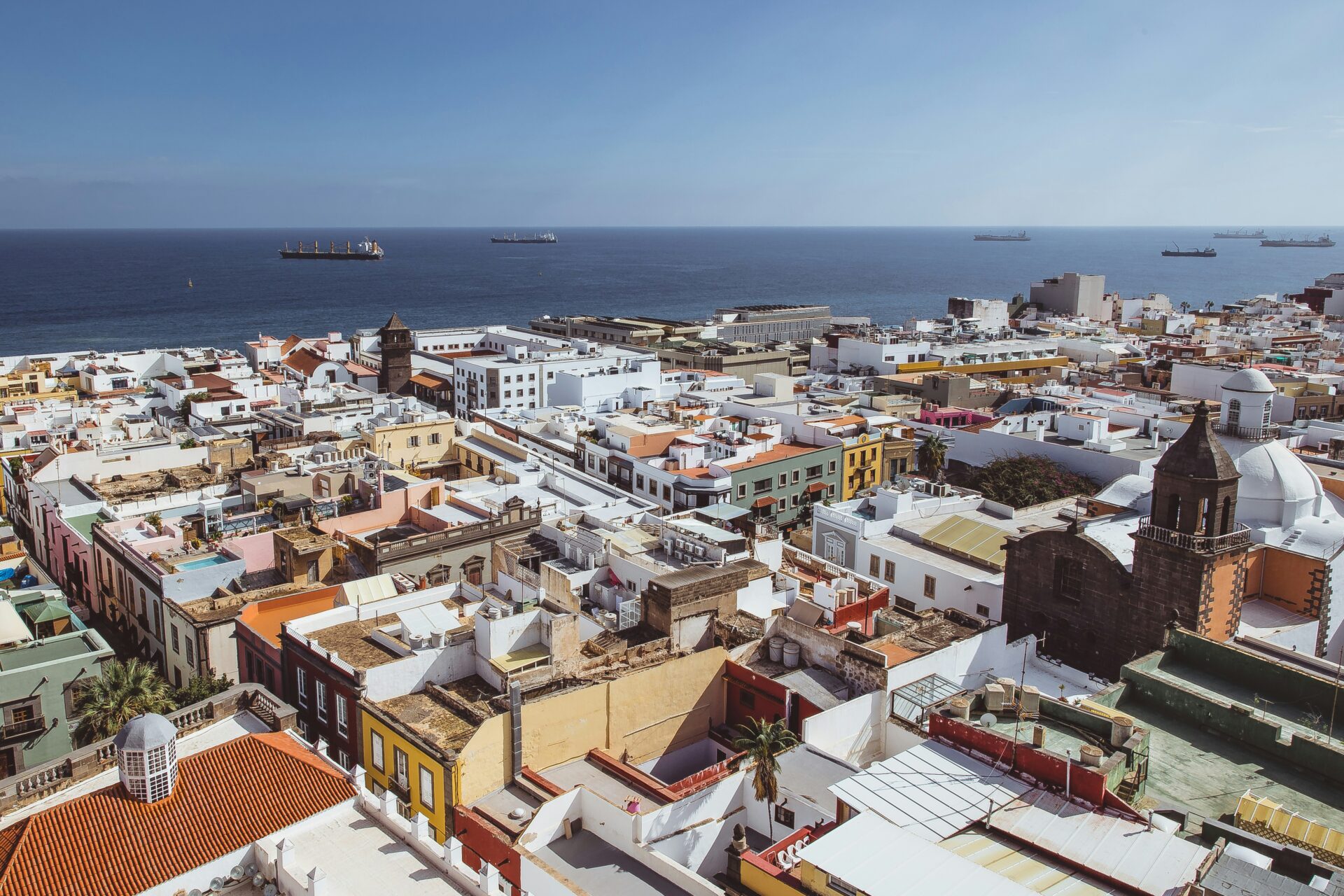
Tapas-Style Lunches and Culinary Experiences
Lunch is usually a big part of the day. You’ll sit down for a tapas-style lunch in a family-run spot in Fataga or a similar village. These meals highlight traditional Canarian recipes and local ingredients.
Typical dishes include:
- Papas arrugadas (those salty wrinkled potatoes with mojo sauce)
- Gofio (roasted grain flour dishes)
- Fresh goat cheese straight from nearby farms
- Local Canarian wines
Every time I’ve lunched in the mountains, the food has been hearty and real—family recipes that have stuck around for generations.
Vegetarian? Just let them know in advance. There’s usually something for everyone, and the meal feels like a slice of local culture, not just a quick bite.
Sometimes, tours include stops at farms or markets for tastings. I’ve sampled almonds, local honey, and sweets that you won’t find in tourist shops.
Dining happens in beautiful mountain settings. Many restaurants have terraces overlooking the valleys, so you get a view with your meal.
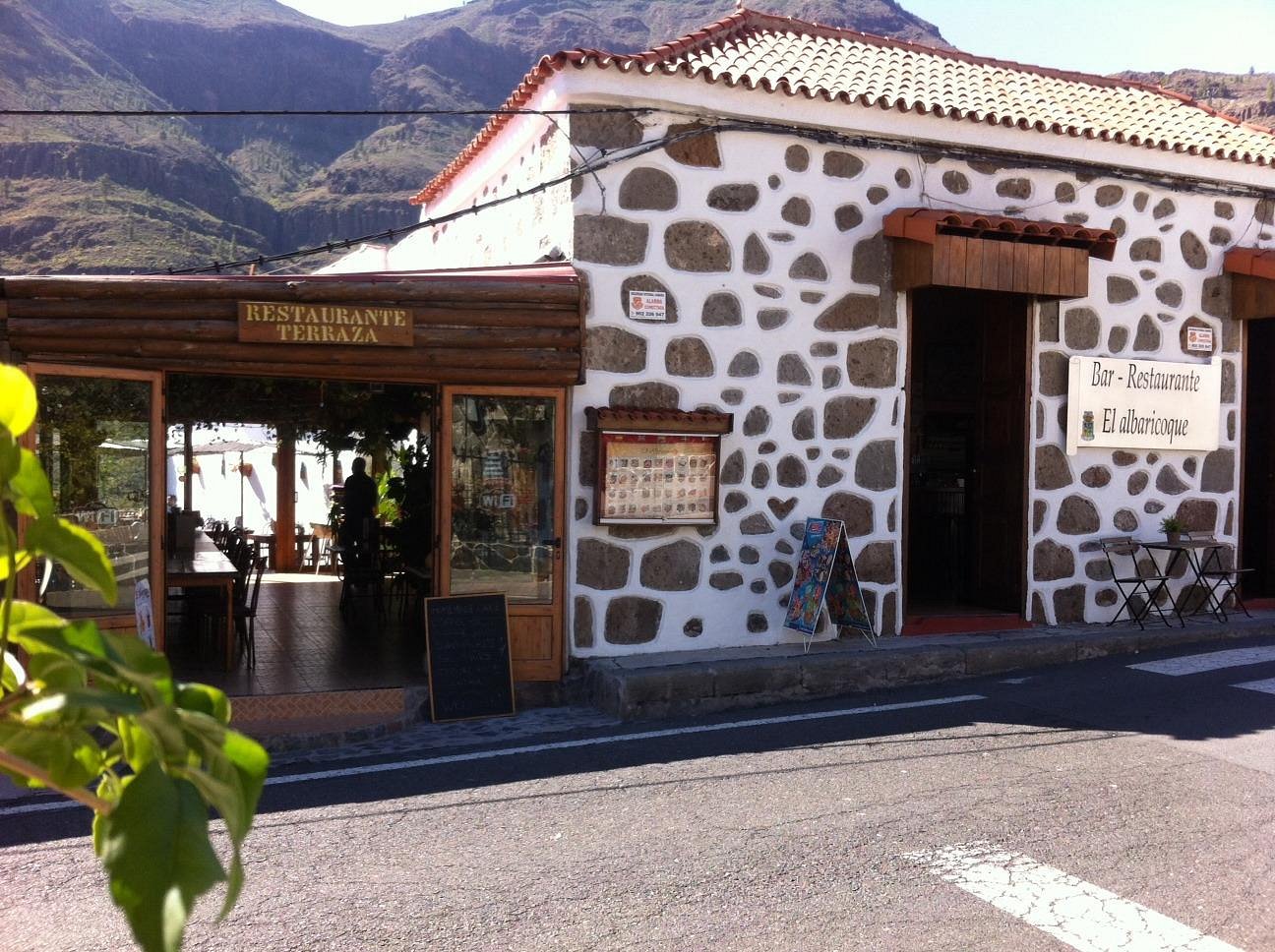
Planning Your Journey: Practical Information
Getting to these mountain villages takes a bit of planning since they’re tucked into Gran Canaria’s interior. If you want the most freedom, rent a car. Organized tours are a solid option if you’d rather let someone else handle the details.
How to Reach Teror and Tejeda
By Car (Recommended)
Renting a car lets you set your own pace. From Las Palmas, I hop on the GC-21 highway heading south toward the island’s center.
The drive to Teror only takes about 30 minutes from Las Palmas. Just follow signs to Santa Brígida, then stay on the GC-21 until you roll into Teror.
Getting to Tejeda takes a bit longer. From Teror, I follow winding mountain roads for another 45 minutes or so. The village sits at 1,050 meters, so expect some steep, twisty climbs.
By Organized Tour
Plenty of companies run day trips to both villages. Tours usually leave from Las Palmas and southern resorts like Maspalomas. Lunch and scenic stops near Roque Nublo are often included.
Public Transportation
Buses do connect the villages, but you’ll need to transfer and the journey takes a lot longer. Honestly, it’s not the easiest way to see both in one day.
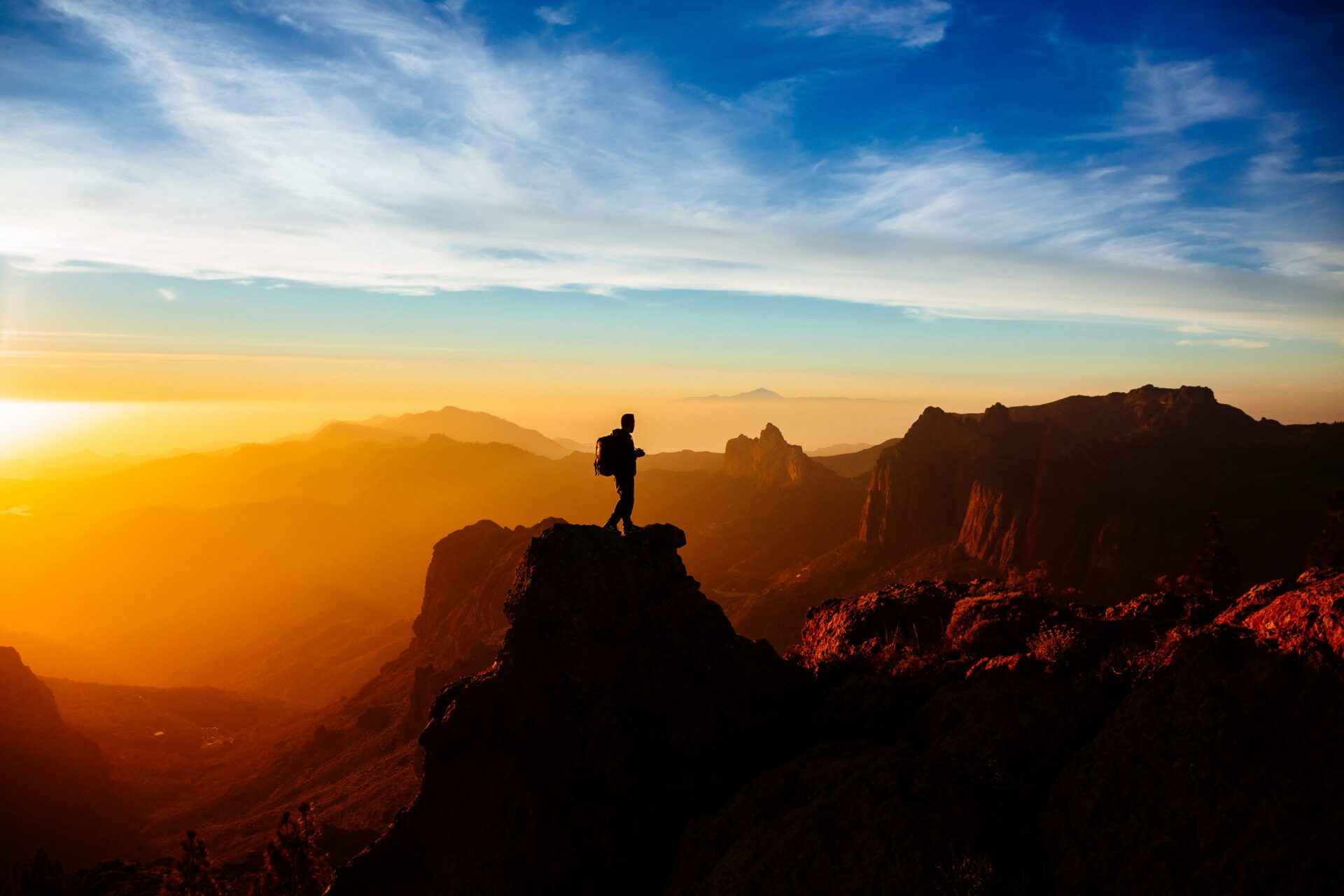
Where to Stay: Las Palmas, Maspalomas, and Beyond
Las Palmas
I like staying in Las Palmas when I want quick access to the mountain villages. The city has hotels for every budget and puts you close to the starting point for mountain adventures.
If you’re into history, check out the Vegueta district for charming guesthouses near museums and old streets. Prefer the beach? Las Canteras has plenty of hotels right on the sand.
Maspalomas and Southern Resorts
Maspalomas and Playa del Inglés are great if you want to mix mountains with beach time. Just know it’s a longer drive to Teror and Tejeda from down south.
From Maspalomas, it’ll take about an hour and a half to reach Tejeda. Plan your days accordingly if you’re based here.
Mountain Villages
You’ll find a few small rural hotels right in the mountains. These places are quiet and peaceful, but you won’t have as many options for Restaurants or nightlife as you would in the bigger towns.
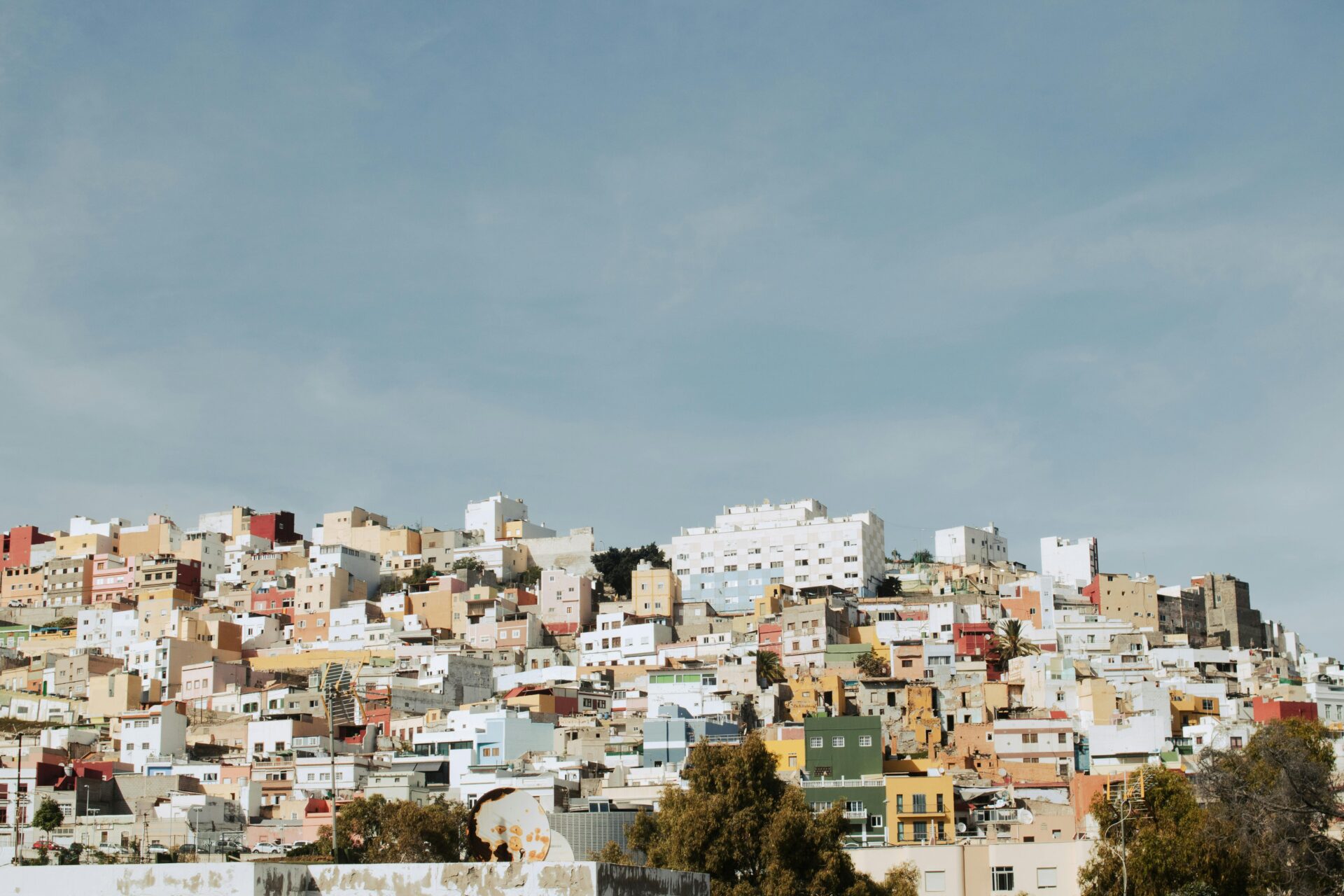
Best Times to Visit and Local Customs
Weather Considerations
I’ve wandered through these villages in every season, but honestly, spring and fall just feel right for walking around. The mountain air stays cooler up here than down by the coast, which is a relief on warmer days.
When summer rolls in, so do the crowds. Still, you’ll find the weather perfect for hiking or just hanging out outdoors.
Winter? The mountains get a bit cloudy, but the temperatures don’t really bite. It’s milder than you’d expect.
Local Events
Early September is a big deal in Teror. Locals and pilgrims gather for the festival honoring the Virgin of El Pino, and the whole town buzzes with energy.
Both villages keep Canarian traditions alive. I always try to respect the vibe by dressing modestly, especially when I wander into churches or sacred spots.
Daily Timing
Shops and restaurants usually shut their doors for siesta from 2 PM to 5 PM. I learned to plan my days around this—mornings and late afternoons are best for exploring.
Markets and small businesses stick to those classic Spanish hours. If you show up early, you’ll snag the freshest local goodies before anyone else.

